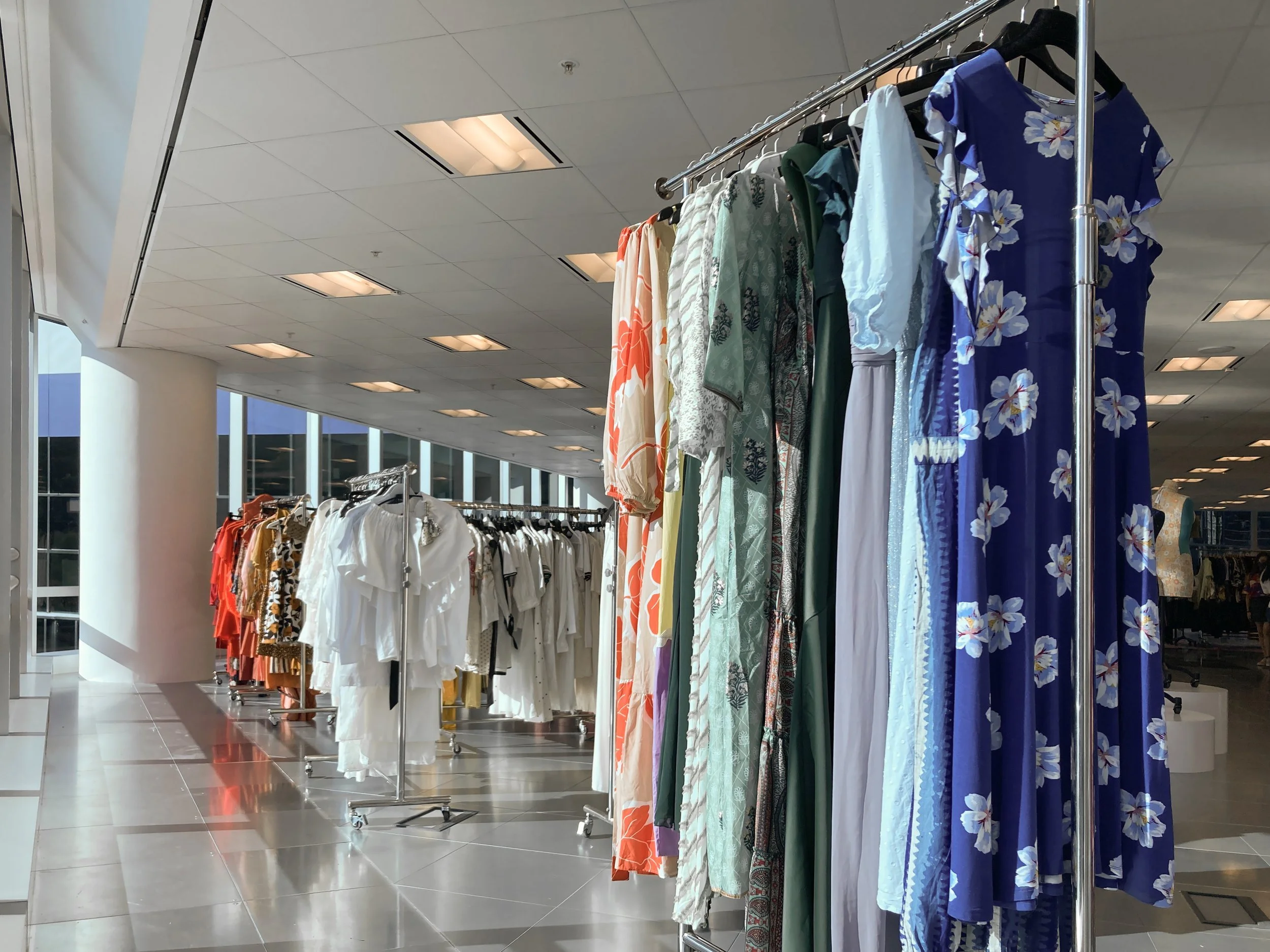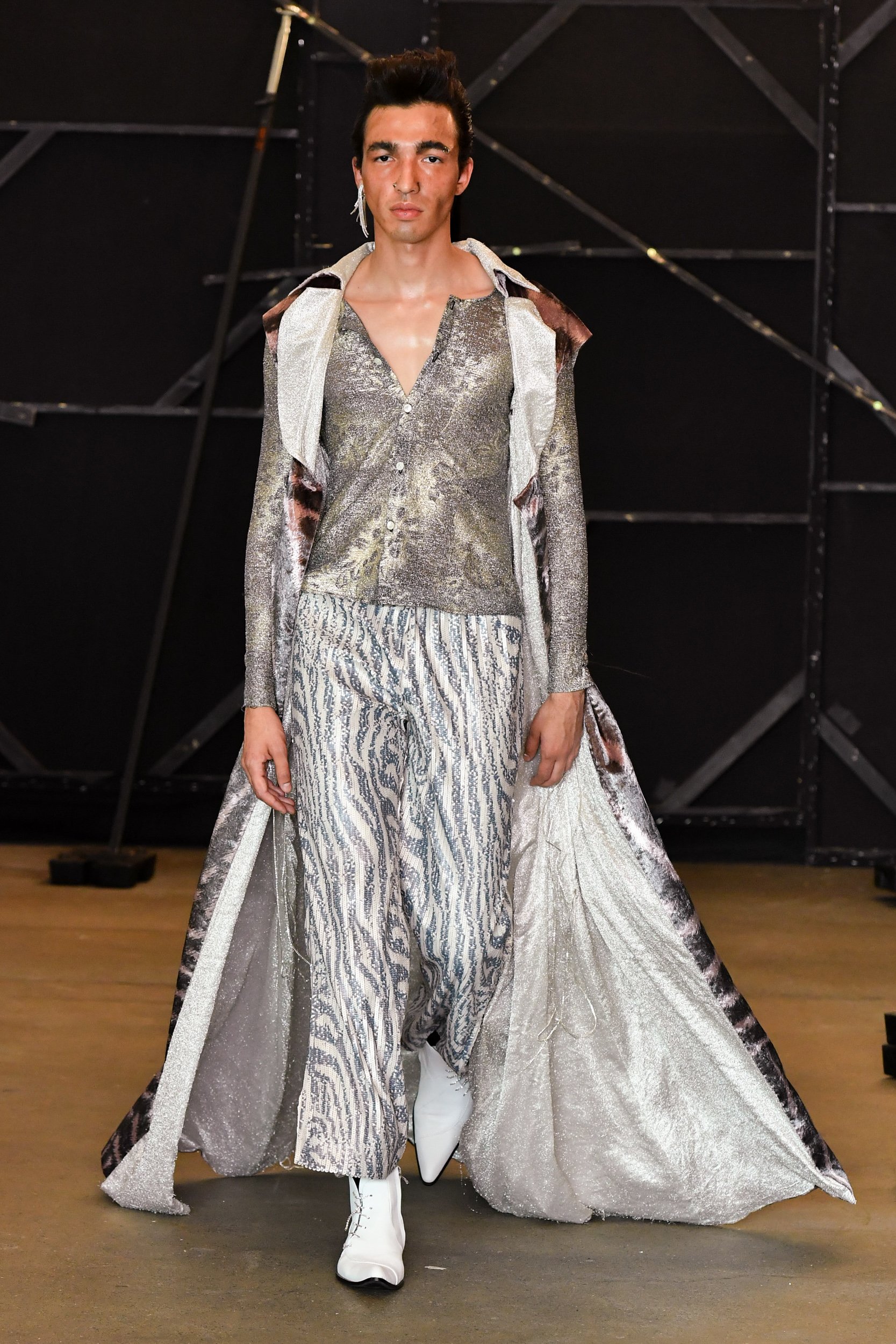The Basics of Circular Fashion Design
What is Circular Fashion Design? Introducing circularity strategies.
Fashion has not evolved much in the past century. Much of the industry is still operating on a linear business model that assumes our resources are unlimited — but we know that is not the case. If fashion is to exist in the future, we must move into a circular model that makes the most of our materials and regenerates nature rather than depletes it. At Redress, we have established four circular design strategies to educate future generations of fashion professionals on how to create sustainably.
With an estimated 92 million tons of textile waste created annually by the fashion industry [1], designing for low waste is one way we can minimise waste right from the beginning by either reducing or revaluing textile waste. A few ways this can be achieved is through upcycling and reconstruction, which involves redesigning with existing resources; or zero-waste, arranging patterns so that 100% of the material gets used.
Across the value chain, many factors may add to a garment’s carbon footprint, which can be minimised by designing for low impact materials and processes. This involves understanding fibres and their impact, designing digitally with 3D software to reduce waste during sampling, as well as collaborating with suppliers and vendors to leverage manufacturing best practices such as not using harmful chemicals, operating in zero liquid discharge or relying on renewable energy.
Keeping products in use longer by designing for longevity directly lowers the impact of clothes, since it maximises the resources that went into making them. Quality materials, good workmanship, appropriate size and fit, clear care instructions for maintenance, and a compelling story to build emotional attachment are all ways to help consumers hold onto garments longer.
After prolonging the lifespan of garments by reusing, repairing, and even remanufacturing when possible, they eventually reach their end-of-life. Designing for recyclability ensures that when that time comes, garments can be recycled with minimal hassle. This can be established by using non-blended materials, minimising trims, and directing consumers towards local recycling.
For a more sustainable future, fashion designers must be intentional in implementing these four circular design strategies into their creations. Brands like Selyn, which preserves Sri Lankan handloom heritage while managing their own supply chain; and Classics Anew, which helps consumers to uncover their emotional connections with clothes through hands-on workshops, are leading the way. As these shining industry examples show, collaboration between all stakeholders — from designers to merchandisers, manufacturers to wearers — are the key to success.
The power rests in the hands that craft.
Congratulations to Redress for successfully organising the Redress Design Award 2022.
We would like to thank all of our sponsors and partners, without whom the Redress Design Award would not be possible.
Tanja Wessels challenged herself to not buying a single item of new clothing. Read her tips on how you can do it too.
The Redress Design Award is more than just the world’s largest sustainable fashion design competition.
Dive into our photoshoot shining a new light on the future creative frontrunners.
See the stunning looks from the finalists’ collections in our first ever lookbook, professionally styled and shot in studio with Farfetch.
Discover what Redress Design Award alumni have been accomplishing recently, from fashion weeks to master’s collections, publishing research, brand collaborations, and more.
Ashutosh Panda found inspiration for his sustainable collection by looking to the stars — specifically, the magnetar, one of the most powerful neutron stars of the universe.
As a Latino living in Tokyo, Japan, Cris Miranda discovered the beautiful craftsmanship of the kimono and admired its deep cultural meaning and high quality fabric.
For designer Drina Marco, the Spanish word “monda” — meaning “fruit peel” — was the first layer to what would become her sustainable collection.
Federico Badini Confalonieri has always valued nature and the environment. When he learned of the massive issue of microplastics in fashion, he knew he had to find a way to address it.
Showcasing an ability to make something extraordinary out of the ordinary, for her collection Lívia Castro turned to a wardrobe staple: jeans.
When a transgender friend experienced cyberbullying, Nawoda Bandara decided to show solidarity through design.
Seeing fashion companies abandon their garment and fabric samples without much care raised alarms for Patrick Lam.
The collapse of Meethotamulla, a massive garbage dump, on homes in Colombo, Sri Lanka, killed over 30 people, including children — and was a turning point in the life of designer Ruwanthi Gajadeera.
Reflecting the competition’s creative legacy of revaluing waste, the editorial photoshoot of the Redress Design Award 2022 unveils a warehouse of renewed wear to showcase our finalists’ looks.
Since the approval of the EU Green Deal in 2019, the European Union has emerged as the world’s leading policy maker on sustainability issues.
After winning the Redress Design Award 2021, Jessica Chang immediately joined the Timberland design team in China, working remotely to collaborate on their upcoming Lunar New Year 2023 collection, ‘Year of the Rabbit’.
Shop or browse the latest sustainable collections from Redress Design Award alumni brands.






























